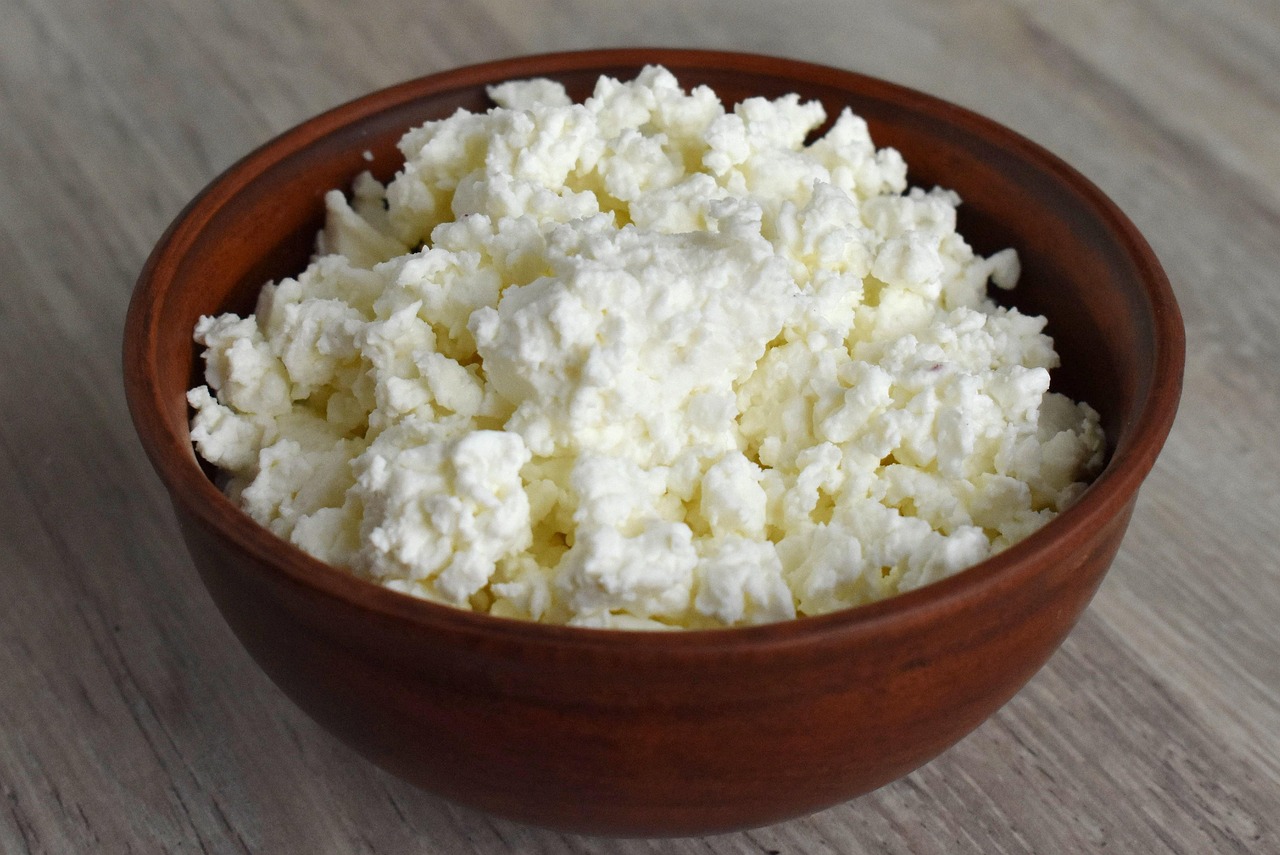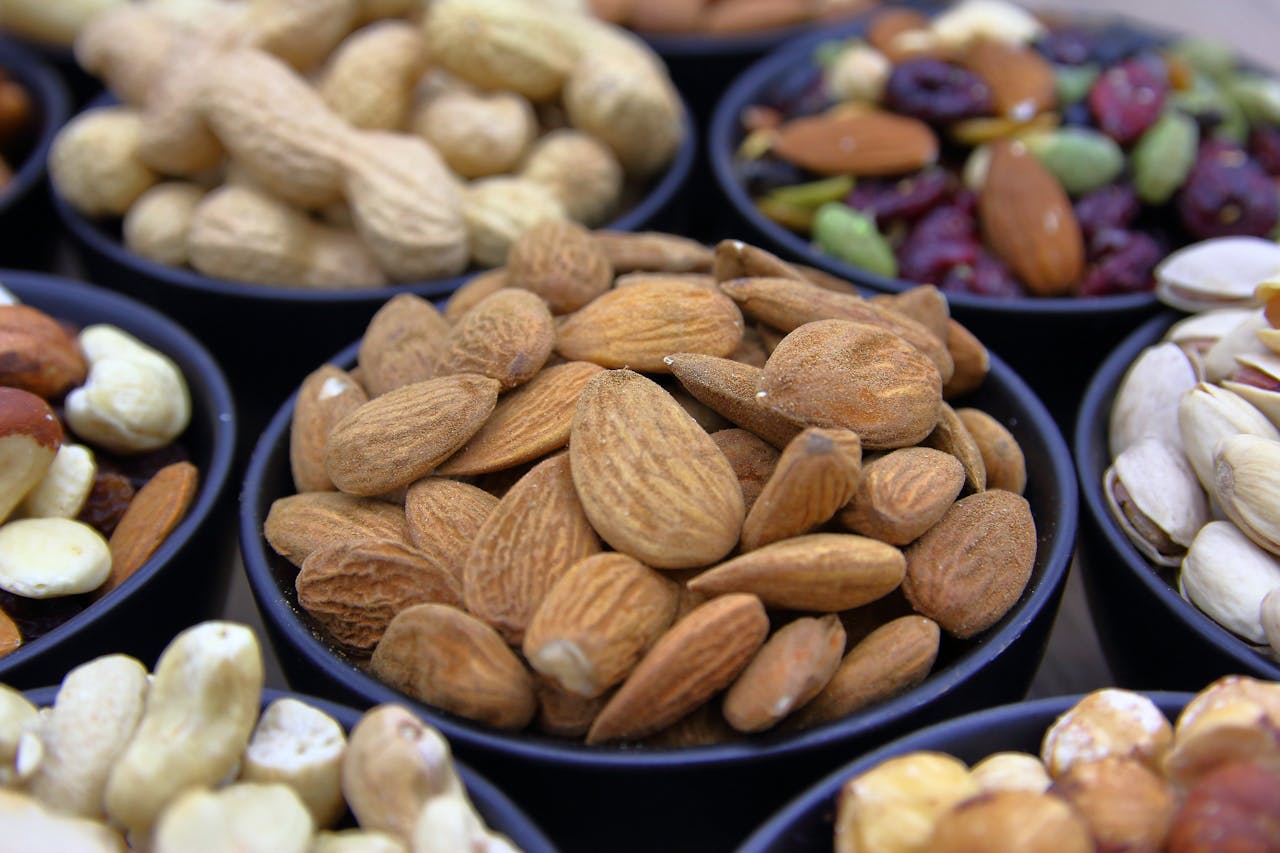13 Everyday Groceries Americans Are Skipping as Prices Climb

As food prices continue to rise, many Americans are subtly removing once-essential items from their shopping carts. In this post, we’ll look at 13 common groceries that people are increasingly reducing or skipping-not because they want to, but because they have to. We’ll show you precisely which products are under pressure, the reasons behind consumers’ retreat, and the implications of this change for households, retail trends, and nutrition. Let’s get started.
1. Fresh berries and berries mixes
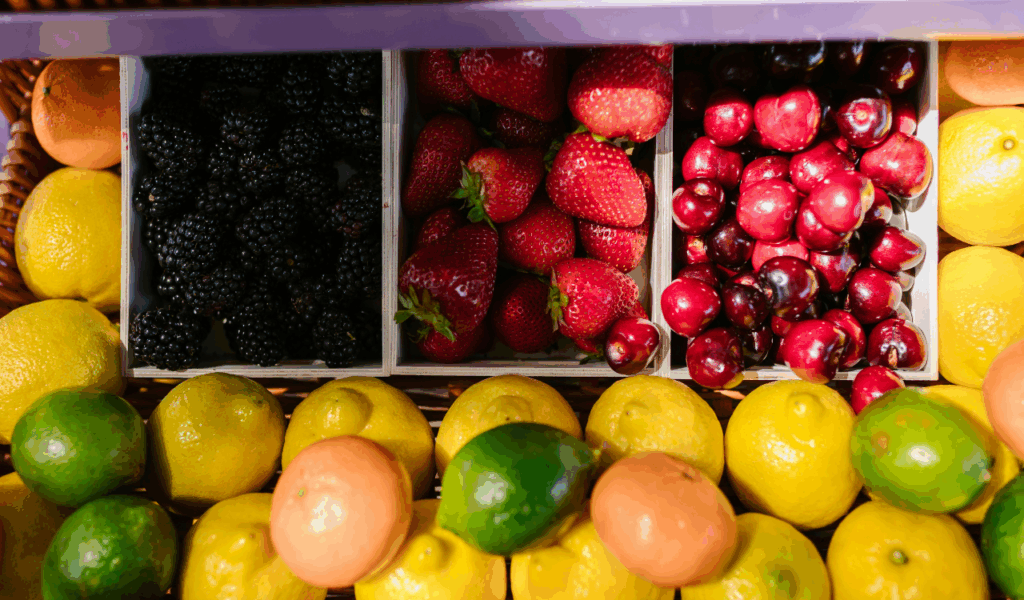
Because of their perishability, seasonality, and transportation expenses, fresh berries-strawberries, blueberries, and raspberries-frequently have higher prices. Customers are among the first to abandon such items when money gets tight. Additionally, because they spoil easily, berries are less appealing when money is tight due to the possibility of waste. Despite their antioxidant appeal, some people choose to forego or switch to frozen berries because, in the face of wider price pressures, the value just doesn’t seem justified.
2. Specialty cheeses or imported cheeses
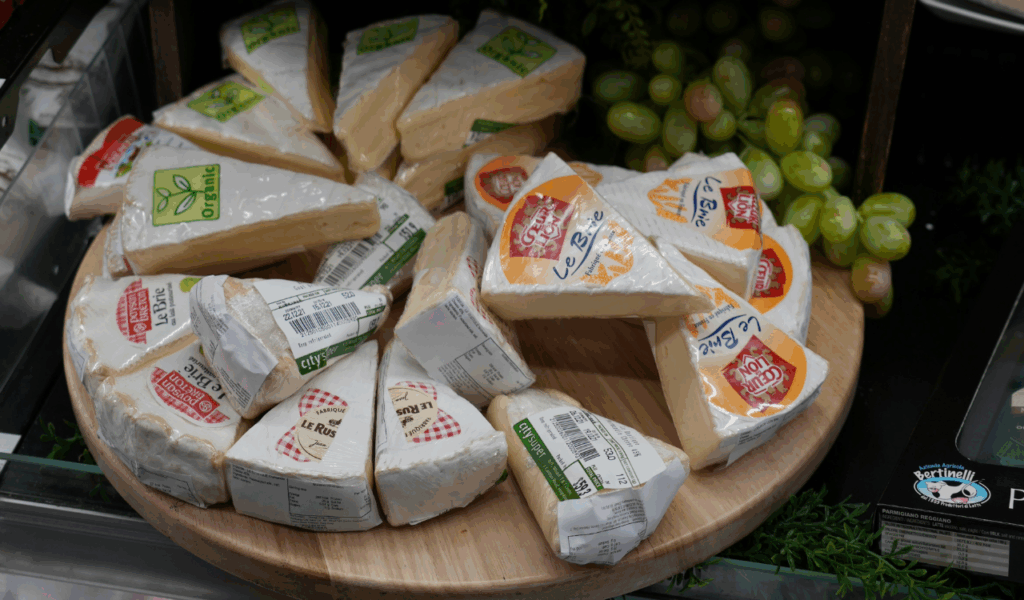
Compared to specialty or imported cheeses, domestic block cheeses like mozzarella or cheddar typically undergo less reduction. Because they are more expensive per ounce and consumers consider them to be indulgences rather than necessities, goods like goat cheese, brie, or imports from Europe are frequently trimmed first. To keep food expenses under control when on a tight budget, consumers switch to less expensive types of cheese or skip cheese completely in certain dishes.
3. Single-serve yogurts or premium yogurt cups
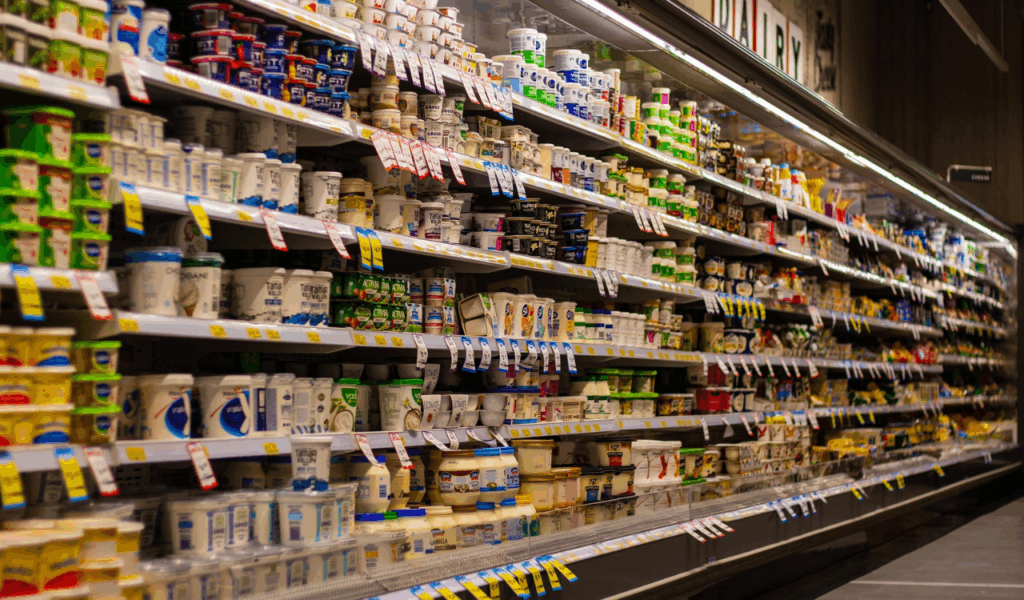
Premium or single-serve yogurts are more expensive per unit but offer convenience. Many Americans are avoiding yogurt entirely, buying fewer individual cups, or switching back to larger tubs or plain yogurt. Customers frequently simplify or cut out this category in order to save money when a brand’s flavor or add-ins become too costly.
4. Cold-pressed juices and specialty beverages
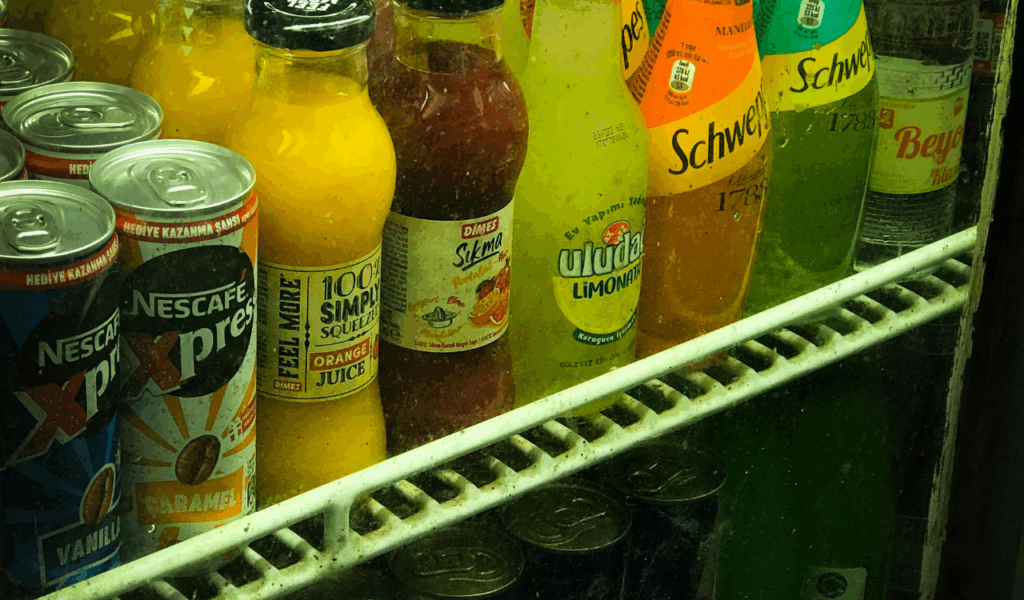
Despite their “premium health” positioning, many bottled cold-pressed juices, specialty smoothie drinks, and artisan beverages are considered discretionary. Many consumers reduce their consumption of these high-end beverages as their grocery bills skyrocket, opting instead to buy whole fruits, make their own juice, or stick to water. These drinks are frequently far more expensive per calorie or per serving than more straightforward substitutes.
5. Premium cuts of beef or steak
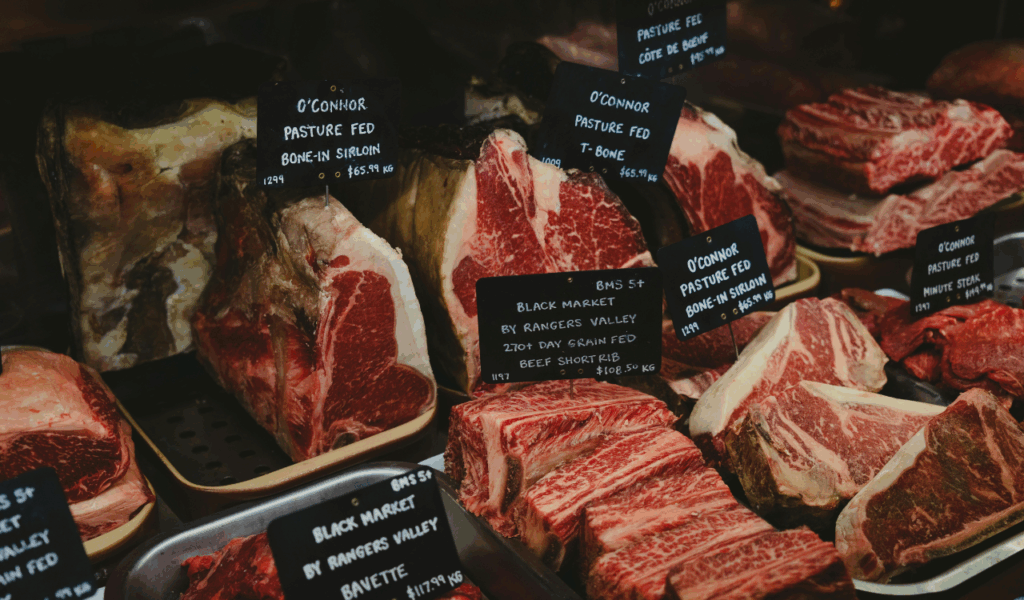
The costliest cuts are the first to go when meat budgets are tight. Demand for premium steaks like porterhouse, ribeye, and tenderloin is declining. Consumers swap them out for less expensive proteins like plant proteins, ground beef, or chicken thighs. In an effort to stretch their protein budget, many people are also choosing less expensive beef cuts and slow-cooking them or avoiding red meat multiple times per week.
6. Seafoods like salmon, shrimp, and scallops
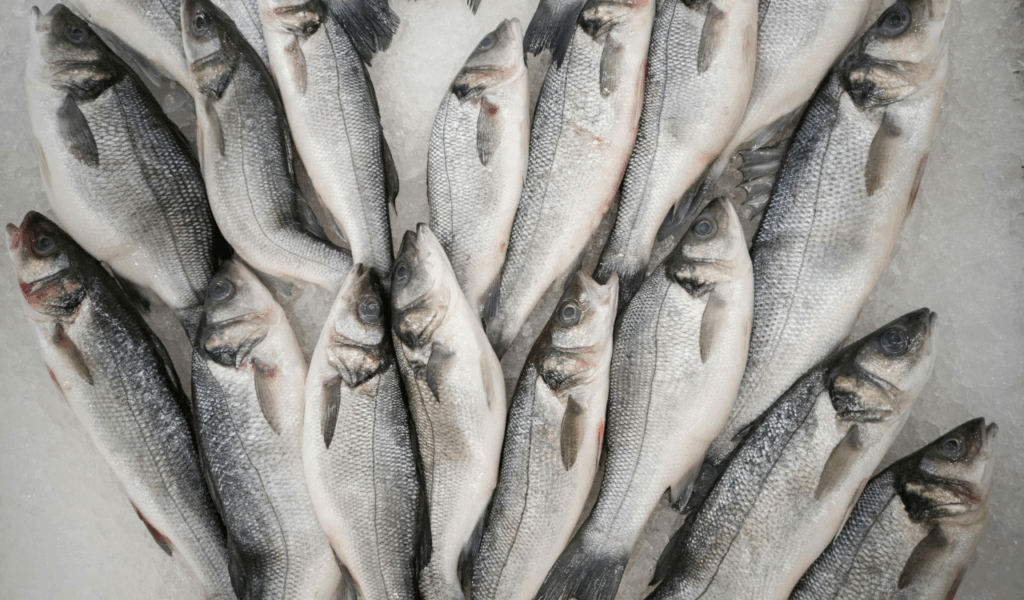
Due to pressures from the environment, fuel prices, and supply chain limitations, seafood prices have increased significantly. Shellfish, such as salmon, shrimp, and scallops, frequently turn into luxury purchases for households. Despite the nutritional advantages of seafood, many consumers cut back on frequency or portion size, switch to canned or frozen seafood, or stop eating it completely because the expense makes it unaffordable.
7. Nuts and nut butters (especially exotic ones)
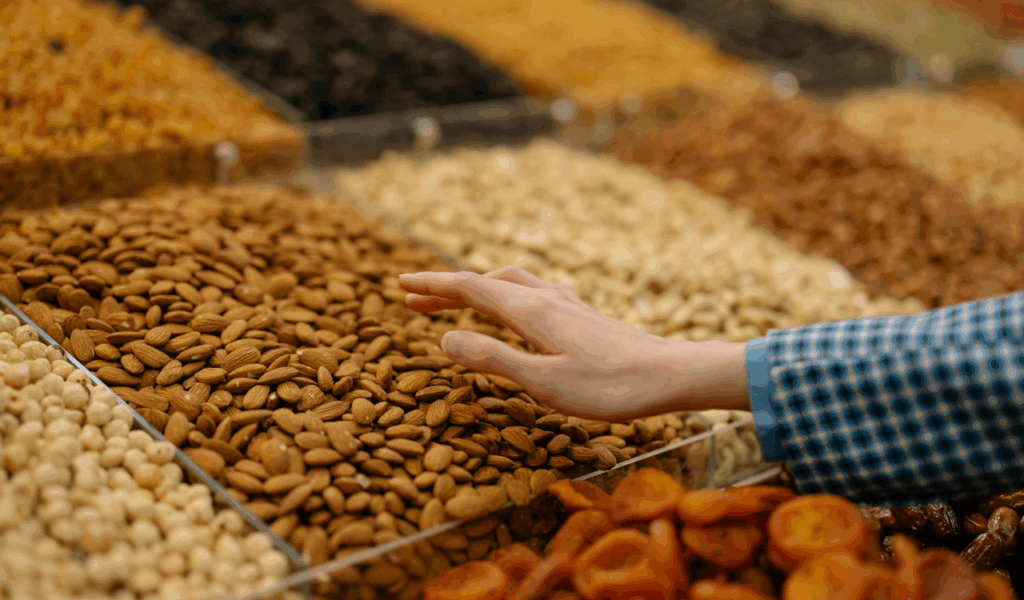
Although nutrient-dense, almonds, pecans, macadamia nuts, and nut blends are pricey per serving. Peanut butter or spreads with lower nut content are frequently chosen over nut butters made from exotic nuts, such as walnut or cashew butter. Because nuts are more expensive than alternatives like seeds or bulk grains, some consumers choose to use them less frequently as snacks or ingredients.
8. Fresh herbs (like basil, cilantro, dill)
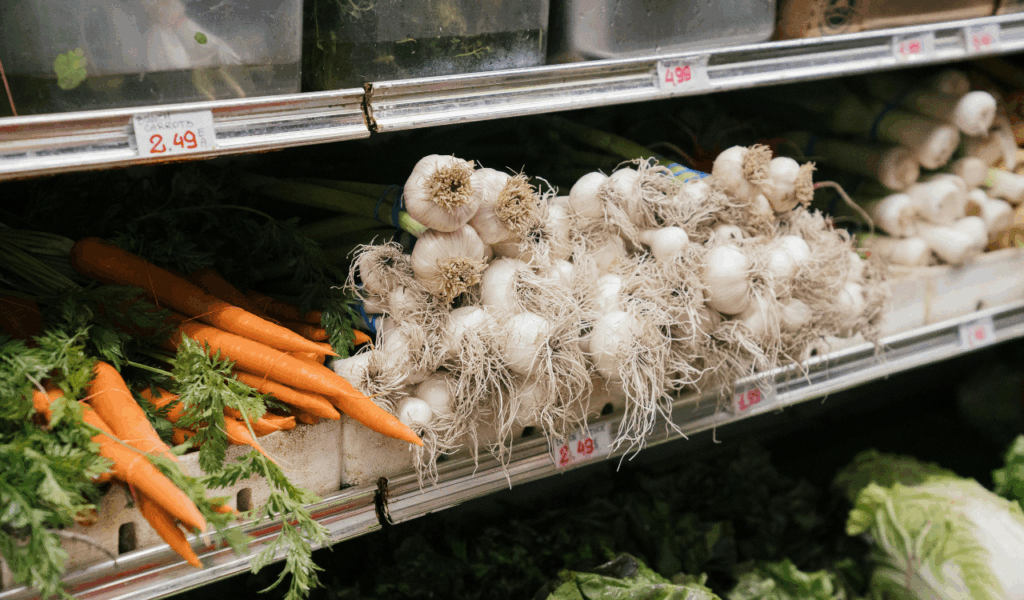
Although fresh herbs are lightweight, their cost per gram is somewhat high. Many consumers stop purchasing fresh herbs during recessions and instead use dried substitutes, frozen chopped herbs, or no herbs at all. Fresh herbs are also susceptible to spoiling when purchasing power is low.
9. Berries or cherries (stone fruit) liquors or jams
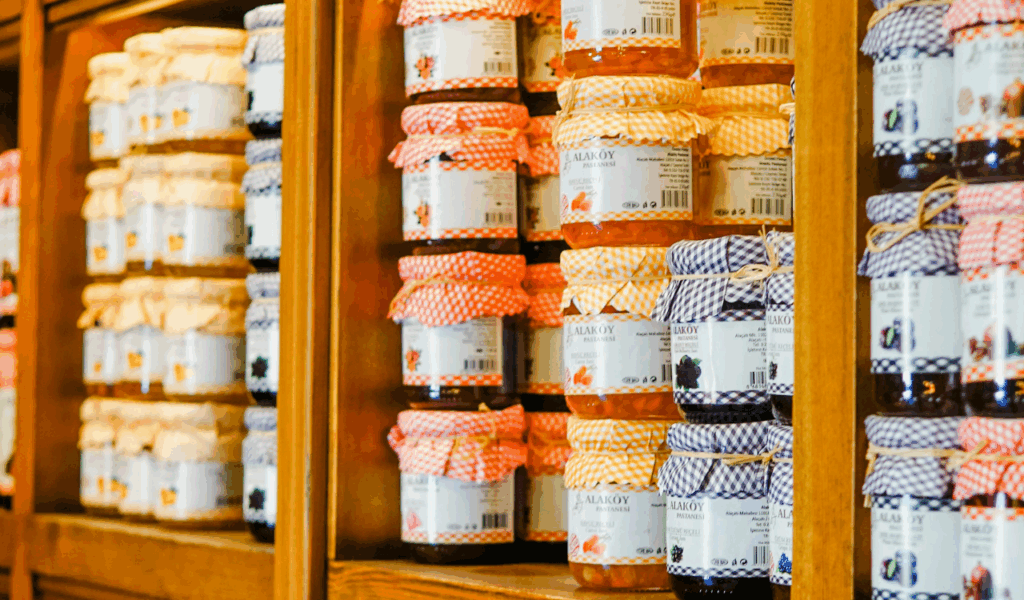
Premium and unnecessary products include artisanal jams, fruit preserves, and liquors made from cherries or berries. Many households have cut back on their purchases of these “luxury pantry” items, concentrating instead on simple jams or avoiding spreads completely. These are removed early from shopping lists because their perceived value is lower when overall budgets are limited.
10. Specialty flours and gluten-free baking supplies
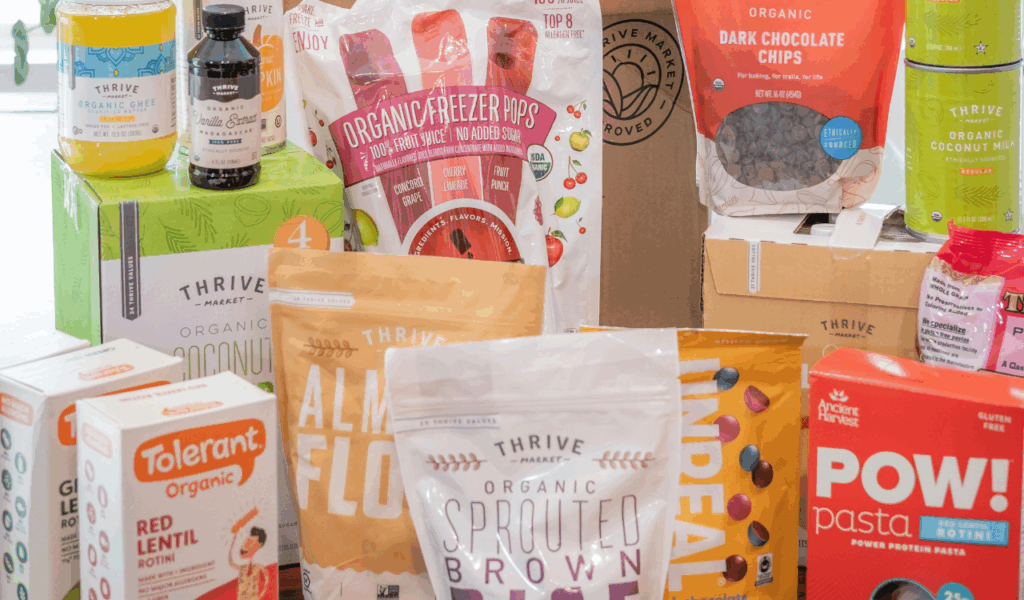
Specialty blends, coconut flour, almond flour, and other flours are frequently much more expensive than ordinary all-purpose flour. As costs rise, many home bakers stop using the high-end gluten-free or specialty blends and instead switch back to base flours. Although there is still a medical need for gluten-free products, many infrequent users are avoiding specialty options when the price becomes unaffordable.
11. Cold cuts, deli meats, and charcuterie
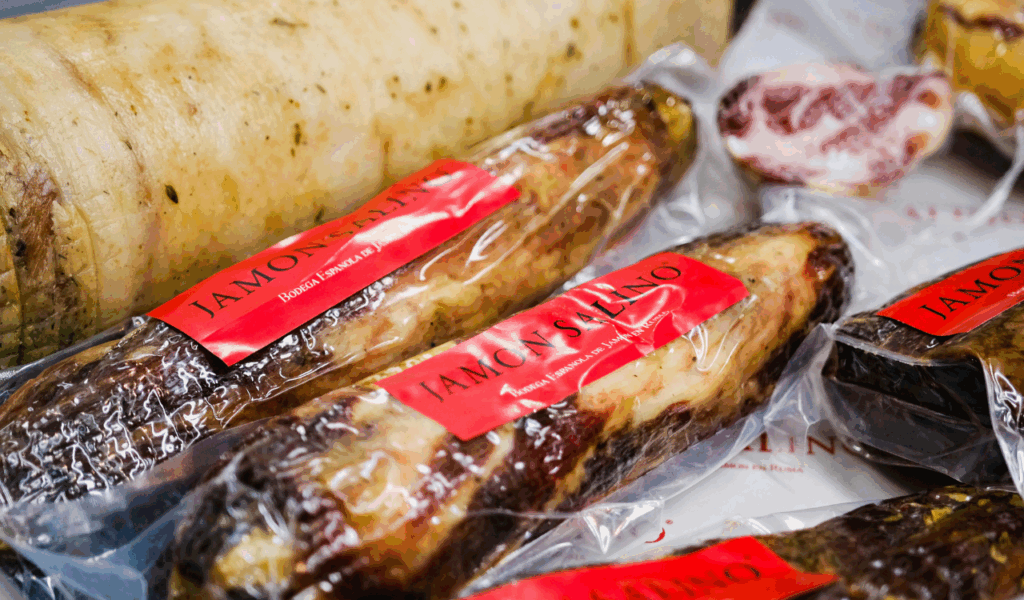
Premium convenience foods include sliced meats, cured meats, and charcuterie or elegant deli platters. Many customers cook and slice their own meats or use more straightforward protein sources instead of purchasing deli meats. When budgets are limited, the markup on packaged and processed meats becomes excessively high.
12. Snack bars, protein bars, and energy bites

Convenience and nutrition-focused bars frequently carry hefty markups. Many people who are struggling financially stop purchasing them and instead turn to bulk snacks like fruit, nuts, and seeds, or make energy bites at home with oats or nuts. Premium packaged bars are a target for reductions due to the substantial cost savings per calorie.
13. Exotic fruits (mangoes, dragon fruit, passionfruit)
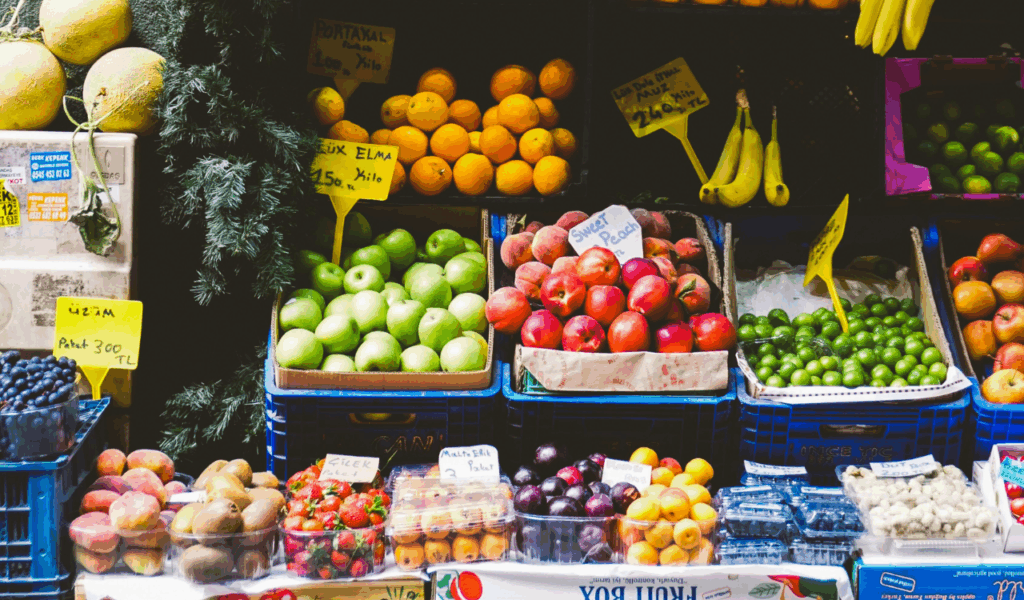
Naturally, the cost of tropical or exotic fruits that need to be transported over long distances is higher. Many consumers cut back on or stop buying these fruits in favor of apples, bananas, or other staples when their grocery bills become too high. Exotic fruit is especially prone to being overlooked in tight budgets due to supply fluctuations and freight costs.

